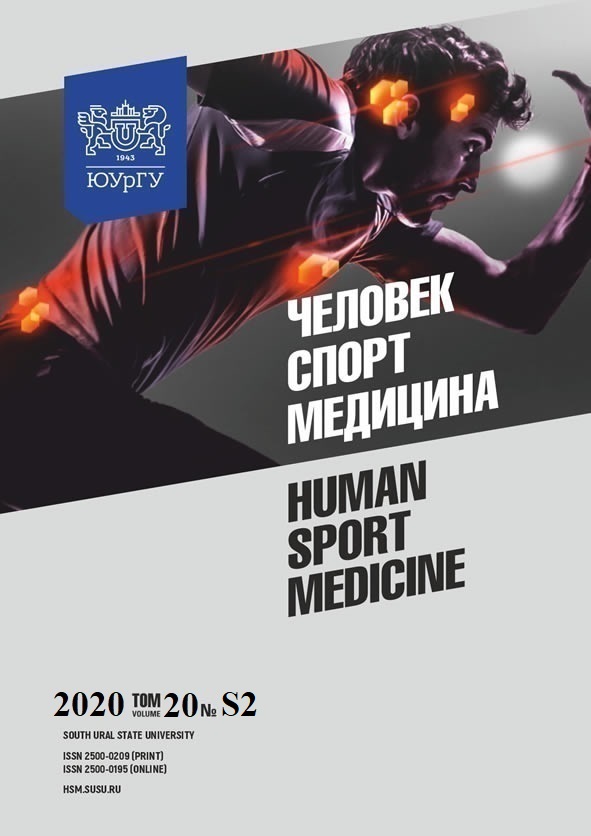DYNAMICS OF PHYSIOLOGICAL STATUS IN LEVEL 1 DIFFICULTY HIKING TOURS
Abstract
Aim. The paper aims to establish the features of physiological status in level 1 difficulty hiking tours. Materials and methods. 11 persons participated in the experiment. The experiment was conducted during a level 1 difficulty hiking tour along the Nurali ridge (Uchaly district, the republic of Bashkortostan). Physiological status of participants was assessed 16 times during the hiking tour (HR). Results. On the first day of the tour, the participants made camp, their heart rate was within reference values. On the second day, six crossings were made, two of which were to the Nurali ridge, four were the Nurali ridge traverse. During the crossings, the trained participants showed an insignificant increase in heart rate, while in untrained ones, heart rate values were within the first, second and third heart rate zones depending on the individual characteristics of the participants. On the third day, the participants made four crossings on the plain and one ascent to the Ashtau mountain; heart rate values were within the first and second heart rate zones. Conclusion. The participants of a level 1 difficulty hiking tour covered ≈ 37 km in 3 days. Heart rate dynamics suggests that untrained participants experienced more training effect since their heart rate values were within the zones of fat burning and endurance performance; trained participants could only maintain their physical fitness. The trail along the Nurali ridge can be recommended for unprepared tourists as a sports and recreation trail.
References
References on translit
Copyright (c) 2021 Human. Sport. Medicine

This work is licensed under a Creative Commons Attribution-NonCommercial-NoDerivatives 4.0 International License.















